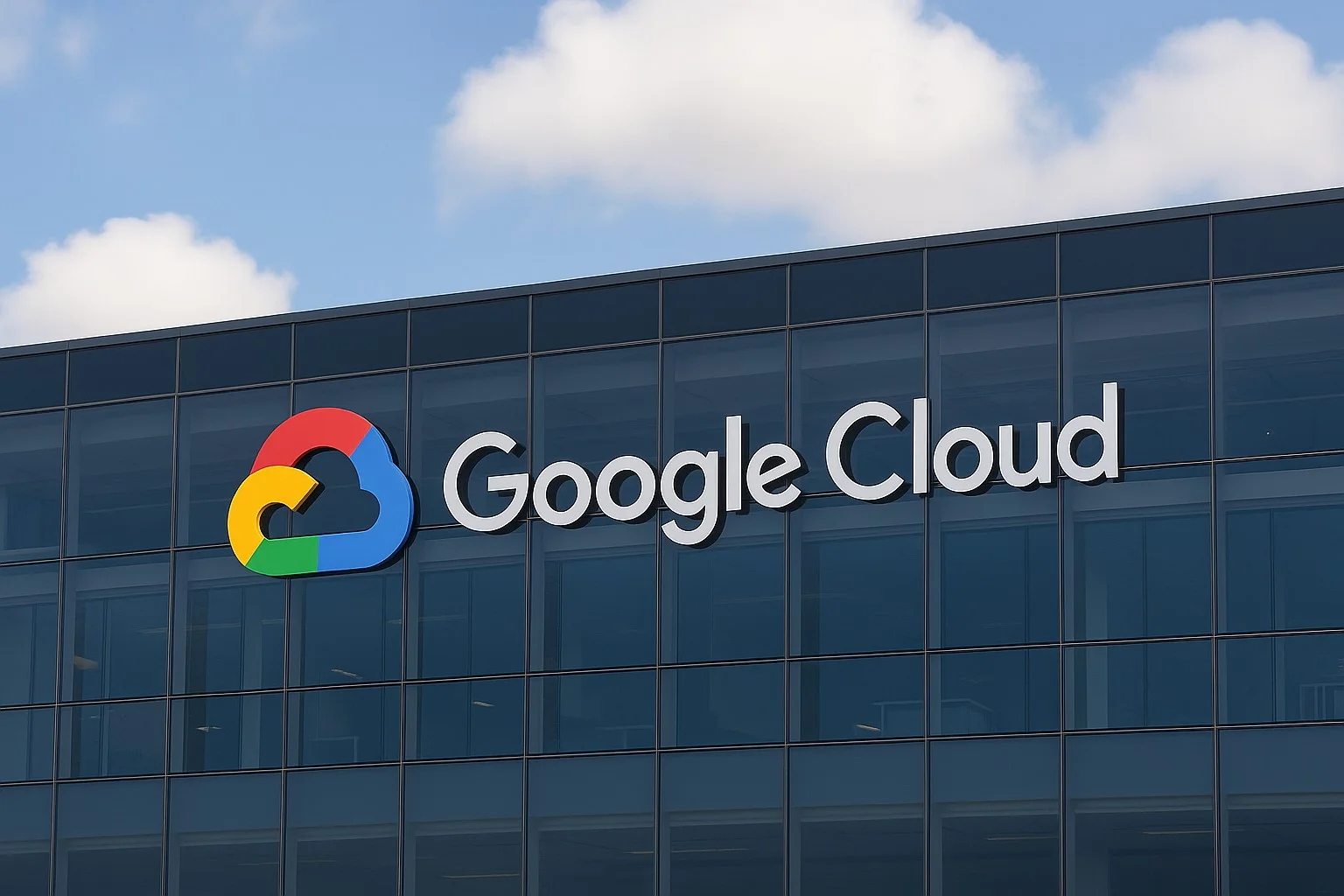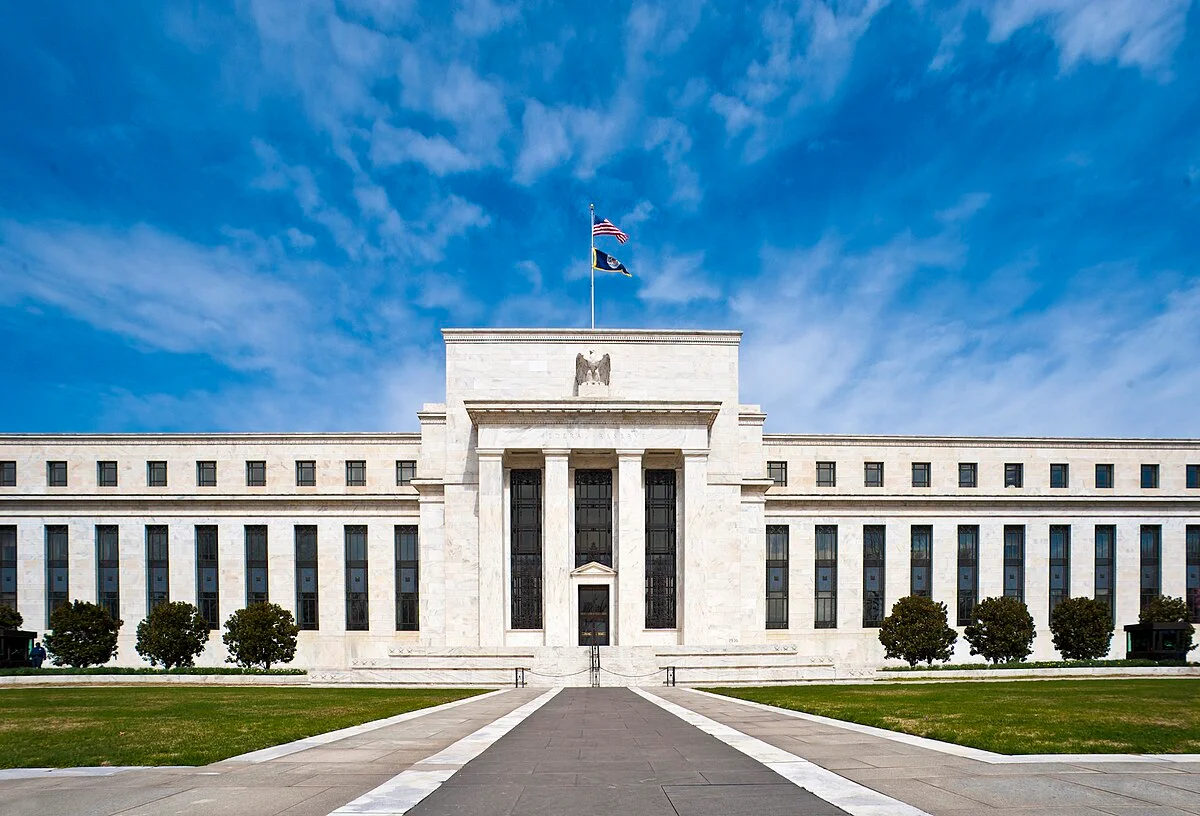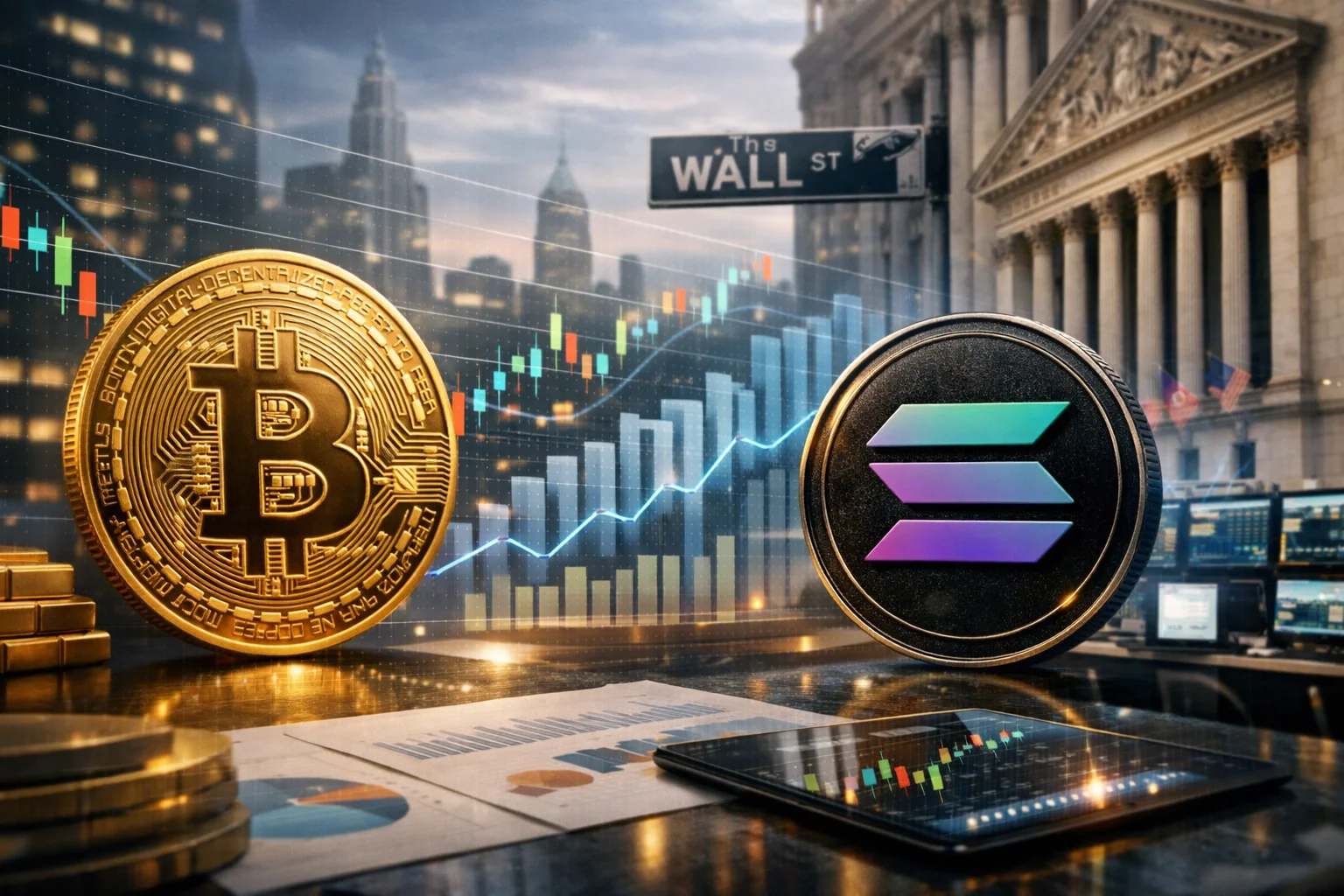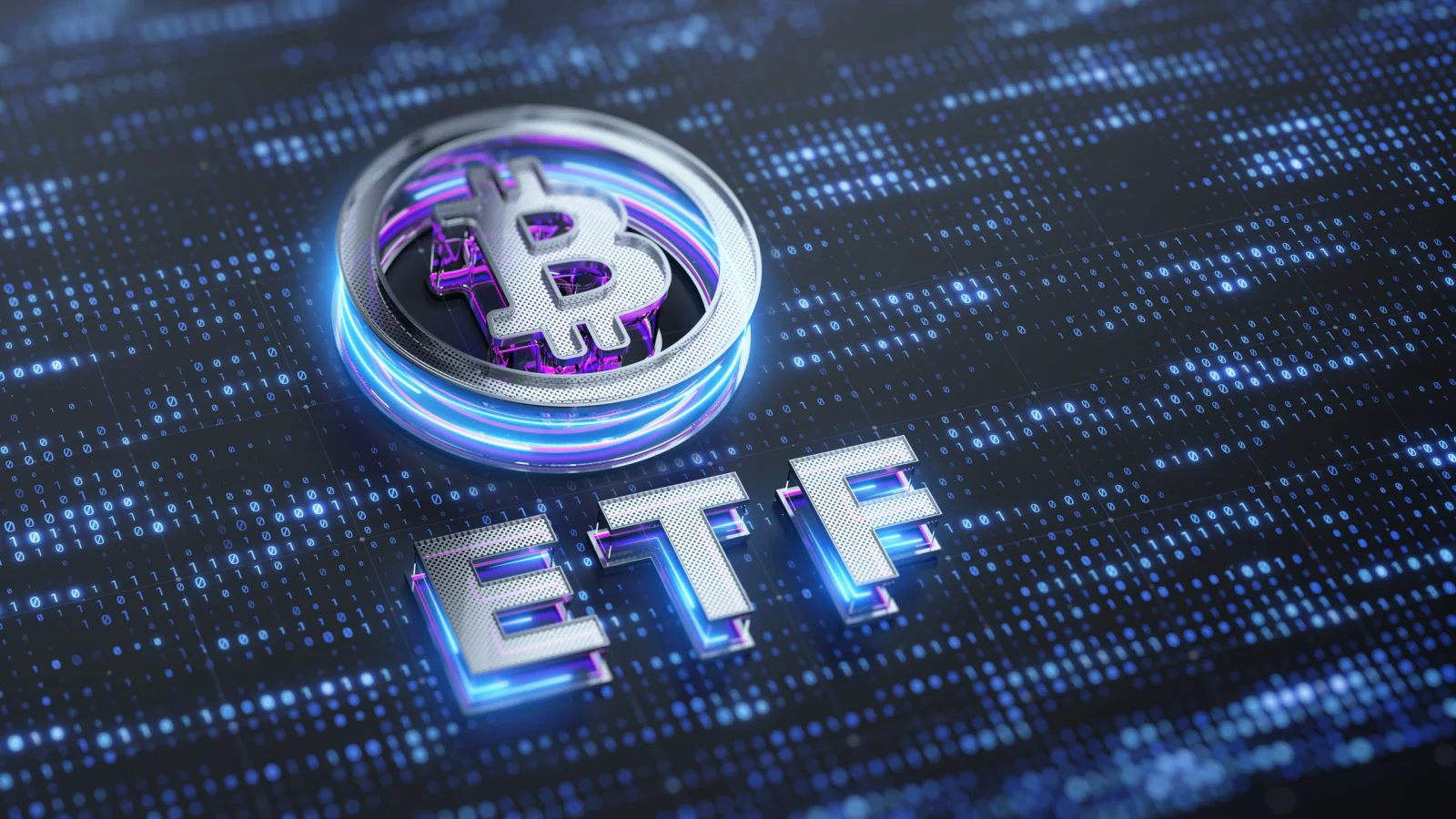Technology giant Google has taken a new step that could revolutionize the financial services landscape. Google Cloud, its cloud arm, announced the development of its own blockchain network, Google Cloud Universal Ledger (GCUL). Currently in a private testnet phase, this platform is designed for banks, payment companies, and financial institutions. Rich Widmann, Google Cloud's Head of Web3 Strategy, explained that GCUL is positioned as a "performance-based, reliable, and neutral" blockchain solution.
What does GCUL offer?
According to Widmann's LinkedIn post, GCUL provides financial institutions with Python-based smart contract support. This allows banks and payment providers to automate payments and develop modern solutions for digital asset management without having to invest in complex infrastructure.

Google Cloud describes GCUL as a service accessible through a single API, equipped with functions such as payment automation and asset tokenization. It also emphasized that the system will be permissioned and focused on compliance. This could offer a significant advantage in the increasingly stringent financial world of regulations. Although Widmann describes GCUL as a Layer 1 blockchain, the platform's private and permissioned structure has sparked debate within the crypto community. Many have argued that this isn't a "decentralized" blockchain in the traditional sense, but rather a consortium chain. In other words, while it technically embodies blockchain, it will be under Google's oversight.
Google's approach, characterized as a "neutral infrastructure layer," is noteworthy. In Widmann's words, "Tether doesn't use Circle's blockchain; Adyen doesn't prefer Stripe's. However, any financial institution can develop with GCUL." With this message, Google positions its platform not as an alternative to competing solutions, but as a foundational layer open to all parties.
Blockchain giants in competition
Google's move comes at a critical juncture in the digital payments race. Players like Ripple, Circle, and Stripe are working on blockchain-based payment networks. Circle recently launched its own network, Arc, while Ripple offers the advantage of fast cross-border transfers with XRP. Stripe is testing its Tempo blockchain solution for developers.
In contrast, Google touts GCUL as a "neutral and compliant" option, signaling that any financial institution can leverage blockchain advantages without being dependent on a specific company's ecosystem.
Moreover, the market holds enormous potential. By 2024, stablecoin transaction volumes are projected to reach $30 trillion, surpassing giants like Visa and PayPal. With GCUL, Google aims to capture a share of this market and provide a low-cost, 24/7 infrastructure.
All eyes are on 2026
Google Cloud has begun developing its GCUL initiative, announced in March, in collaboration with CME Group. CME is testing pilot solutions on the platform for wholesale payments and asset tokenization. The first phase has been successfully completed, and full-scale trials are expected to continue until the end of the year. If all goes according to plan, GCUL could officially launch in 2026.




